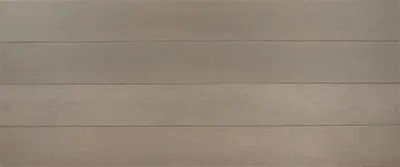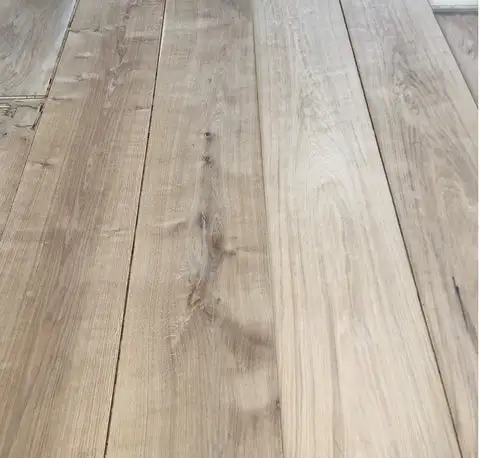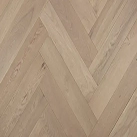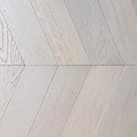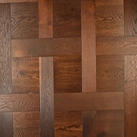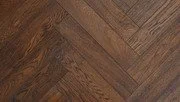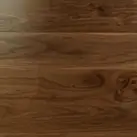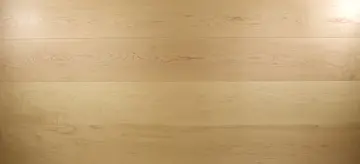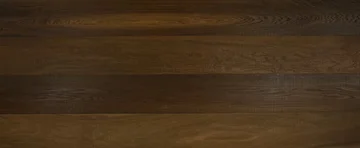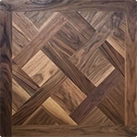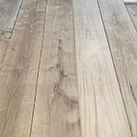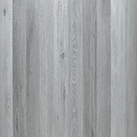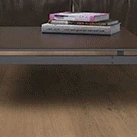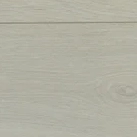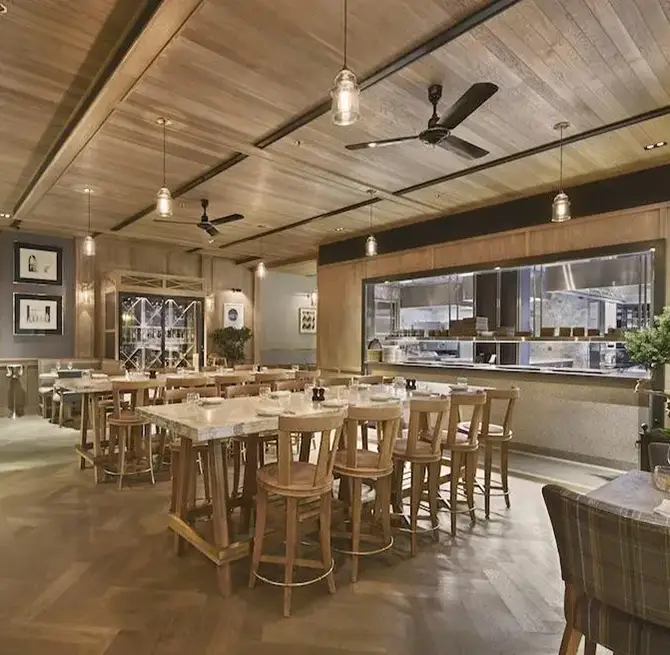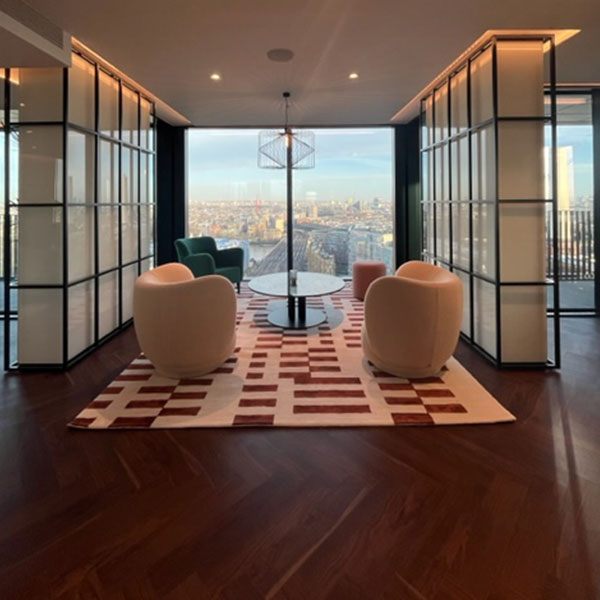Preserve Your Floors: 5 Essential Tips for Wood Flooring in Humid Areas
To maintain wood flooring in high-moisture areas, prioritise moisture control, choose the right materials, use appropriate cleaning methods, ensure the floor is regularly maintained with the right productsce and consider professional advice for installation and upkeep.
Detailed Tips to Maintain Wood Flooring in High-Moisture Areas
1. Control Indoor Humidity Levels
It is critically important that indoor humidity levels be controlled. The recommend range is between 55-75% RH (Relative Humidity) depending on the width of the floor.
Various probes and sensors are available to monitor the RH of a room. Controls can vary from simply opening a window to allow for passive air movement, from dehumidifiers and HVAC adjustments. It is best to discuss these control methods with your contractor for the optimal solution for your project.
2. Select Moisture-Resistant Flooring and Finishes
In any environment that is going to have greater differences in temperature, moisture and humidity you don’t want to use a solid wood floor. Solid wood is too prone to movement to be considered a wise choice for such environments. If you’re set on a wood floor, engineered boards are the way to go. Engineered floors are more adaptable and stable than solid wood. A hardwood top layer is also a wise choice due to the robust cell structure, Oak being a preferred material by many. For truly water-proof “fit-and-forget” flooring our Impervia wood effect range is the perfect choice.
Ultimately, the finish is key to the longevity of the product. For wood floors there are two primary finishes to choose from either UV Oiled or lacquered. We would recommend people have samples of both finishes and test them in that environment to see which works best for their own unique requirements. You can read our review on Oil Vs Lacquer for more information on the differences between them.
Test, test, test! Every project is unique so there is no one-size fits all approach. What is the goal? Is it for a waterproof floor that your client never worries about – then Impervia is the best choice. Is it a wood floor? Then our engineered flooring range with testing to see whether UV Oil or lacquer is best for the client. We’re here to help, so please talk to us openly and we can help find a solution.
3. Regular Maintenance and Immediate Spill Cleanup
If you’re using a wood floor its vitally important to keep the floor clean and as dry as possible. Using the right products (and there are different ones for different finishes) is a key part of this.
When spillages occur, simply ‘mop’ up the spill, this could be placing a towel over the floor to soak up, dabbing gently with a cloth or literally dry mopping to remove excess water. Avoid scrubbing/rubbing the floor dry, best to blot and dap like you would a garment.
Being proactive is better than reactive. So use a bath mat or have a spare towel on the floor for when you walk out of the shower (for example). When you’re done, place the mat or towel somewhere off the floor to allow that to dry and the floor to breathe, very simple and low effect for maximum gain.
4. Proper Installation Techniques
Correct installation is of course a literal foundation to any good floor fitting. Going into moisture rich environments its even more important to ensure the method and materials used are correct.
Consideration for primers, liquid DPMs or other moisture barriers should be considered to ensure that the floor is as protected as possible from moisture being absorbed from its underside. These points should be discussed with your contractor and ourselves.
Acclimatisation for an engineered wood floor is only necessary if there is under floor heating. But if the environment is warmer or more humid than usual it is wise to have the boards in that area prior to fit for a few days to ensure they’ve acclimatised. You can read more about this in our under floor heating guide.
5. Periodic Professional Inspections
For those who want to maintain wood flooring in high-moisture for the maximum amount of time, having professions come in to check various readings such as moisture content of the boards and relative humidity is a step to consider. Some fitting companies offer this service and will also provide a maintenance package for the floor to ensure it is in tip-top condition. This can help identify any issues early on when they can still be corrected with minimal effort. Obviously a cost would be involved here so it is a considered choice.
Frequency would really depend on usage of the area. Residential properties would have a much larger cycle between checks than for example a hotel. The keys elements to look for are:
- How easily does the floor gets dirty through normal use?
- Is the floor dry/rough to the touch?
- Is the floor making any cracking sounds?
- Are any signs of splits forming?
The above are all signs of a wood floor that is drying out or conversely becoming waterlogged, action should be taken immediately to sort the issue. If we have supplied your floor, talk to us or seek advise from a professional inspector/floor finisher.
Most wood floor maintenance can be done in a DIY capacity. However, there’s no substitute for a professional who can apply considerable knowledge and skill to ensure a wood floor is treated and left at its very best. Its always good to talk out situations to help you choose the right method to treat your floor.
What Our Experts Recommend to Maintain Wood Flooring in High-Moisture Areas
Engineered wood flooring is the superior choice for high-moisture areas when real wood options are only being considered. However, a far more advanced choice would be our Impervia flooring range.
Unlike wood flooring, Impervia is waterproof, scratch resistant and is designed from the ground up for use in heavy use environments. This makes it ideal for areas prone to water exposure and high humidity as it is unaffected by these environmental conditions.
Impervia is also hypoallengic, and can be cleaned with anti-bacterial cleaners again providing a significant advantage over wood.
Using the information above, you can see that there is significant choice for flooring options in bathrooms and alike. Depending on what the end goal is, wood can be used provided conditions are followed, or Impervia offers a real-wood look and can even be retro-fitted on top of existing flooring provided it is sufficiently flat.
Ready to Maintain Wood Flooring in High-Moisture with Us?
Looking to enhance your bathroom with beautiful, durable wood flooring? Explore our exclusive selection at The Solid Wood Flooring Company and discover the perfect match for your high-moisture area today. Speak to our team for expert advice on the best products.




